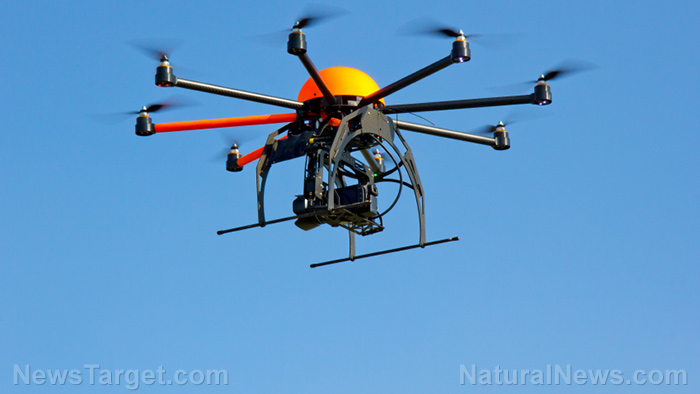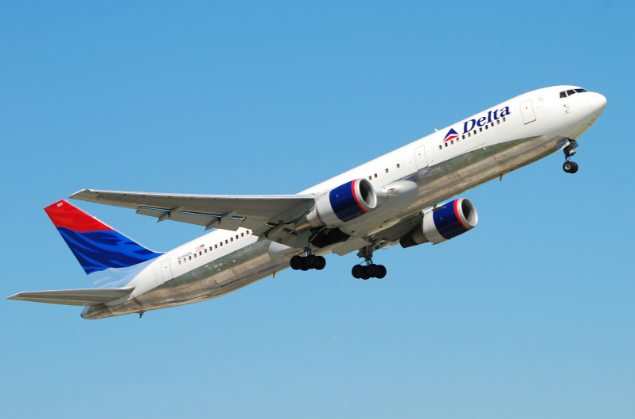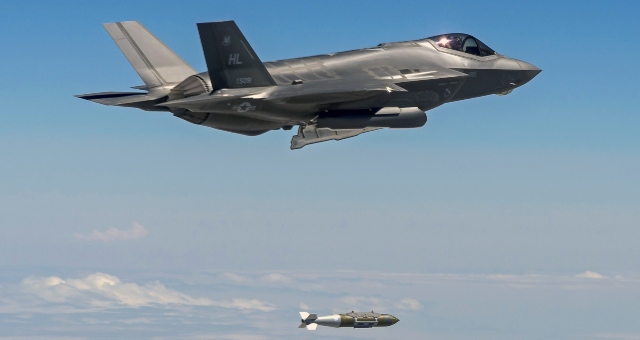
In November, a research team from the Alliance for System Safety of UAS through Research Excellence (ASSURE) published a report which revealed that "drone collisions with large manned aircraft can cause more structural damage than birds of the same weight for a given impact speed." For the report, ASSURE utilized two different types of drones on two types of aircraft via computer modeling and physical validation testing.
The FAA will base its upcoming operational and collision risk mitigation requirements for drones on the results of the report. Kiran D’Souza, an assistant professor of mechanical and aerospace engineering at Ohio State, led the engine ingestion portion of the unique study. (Related: Spy drones in widespread use across USA, targeting Americans, secret documents now reveal.)
D’Souza warned, "Even small unmanned aircraft systems can do significant damage to engines." According to the study, reports of close calls among drones and airliners have skyrocketed. Per the FAA, there are over 100 sightings of drones monthly and they are always a potential risk for aircraft, especially when drones are "operating too close to airports." At least 2.3 million drones are going to be purchased "for recreational use" in 2017, and this figure will undoubtedly increase as the years go by, advised the FAA.
Whereas birds have "soft mass and tissue," drones are often made from sturdy materials. The testing proved that the more solid materials used to build drones, like its motor, battery, and payload, are often the cause of great damage to an aircraft's body and engine.
Gerardo Olivares, director of Wichita State University’s National Institute for Aviation Research, also led the team that looked into "the potential impacts of drones weighing 2.7 to 8 pounds" on two kinds of aircraft: a single-aisle commercial transport jet and a business jet.
D’Souza, who is also an expert in gas turbine dynamics, devised computer simulations that gauged the potential damage of a drone "entering a generic mid-sized business jet engine." The simulations also measured damage to fan blades, the nacelle, and the nosecone.
The results of the simulations indicate that "the greatest damage and risk" happens during takeoff because the fan operates at the highest speed during this phase of flight. The location of the drone’s contact on the fan is a significant factor, and most of the damage happens during impact near the blade tip.
D’Souza shared that the next step is "the development of a representative commercial jet engine model for ingestion simulations," along with full-scale testing to determine and confirm the simulations. The team will study engine ingestion further together engine manufacturers, along with "additional airborne collision studies with helicopters and general aviation aircraft."
The scientists warned that drone manufacturers must consider incorporating "detect and avoid" or "geo-fencing" features in drones to minimize collisions with other aircraft.
Tips for operating drones safely
Drones are more commonly used today, but that doesn't mean that they are 100 percent safe to use. If you own a drone, do follow these tips to operate it safely:
- Fly in good weather - Accidents can be avoided if you check the weather before you head out with your drone.
- Don’t fly your drone over people - You can even lose your drone if a stranger considers it a threat and shoots it out of the sky.
- Don’t fly over someone else’s house - Always respect another person's privacy, and ask them for permission before you fly over their property.
- Observe line of sight - Keep your drone within visual range so you can track it at all times.
- Never fly above 400 feet - If there are other flying vehicles in the vicinity, defer to them. They won't always be able to spot your drone.
You can read articles about how to use technology wisely at FutureScienceNews.com.
Sources include:
Please contact us for more information.























